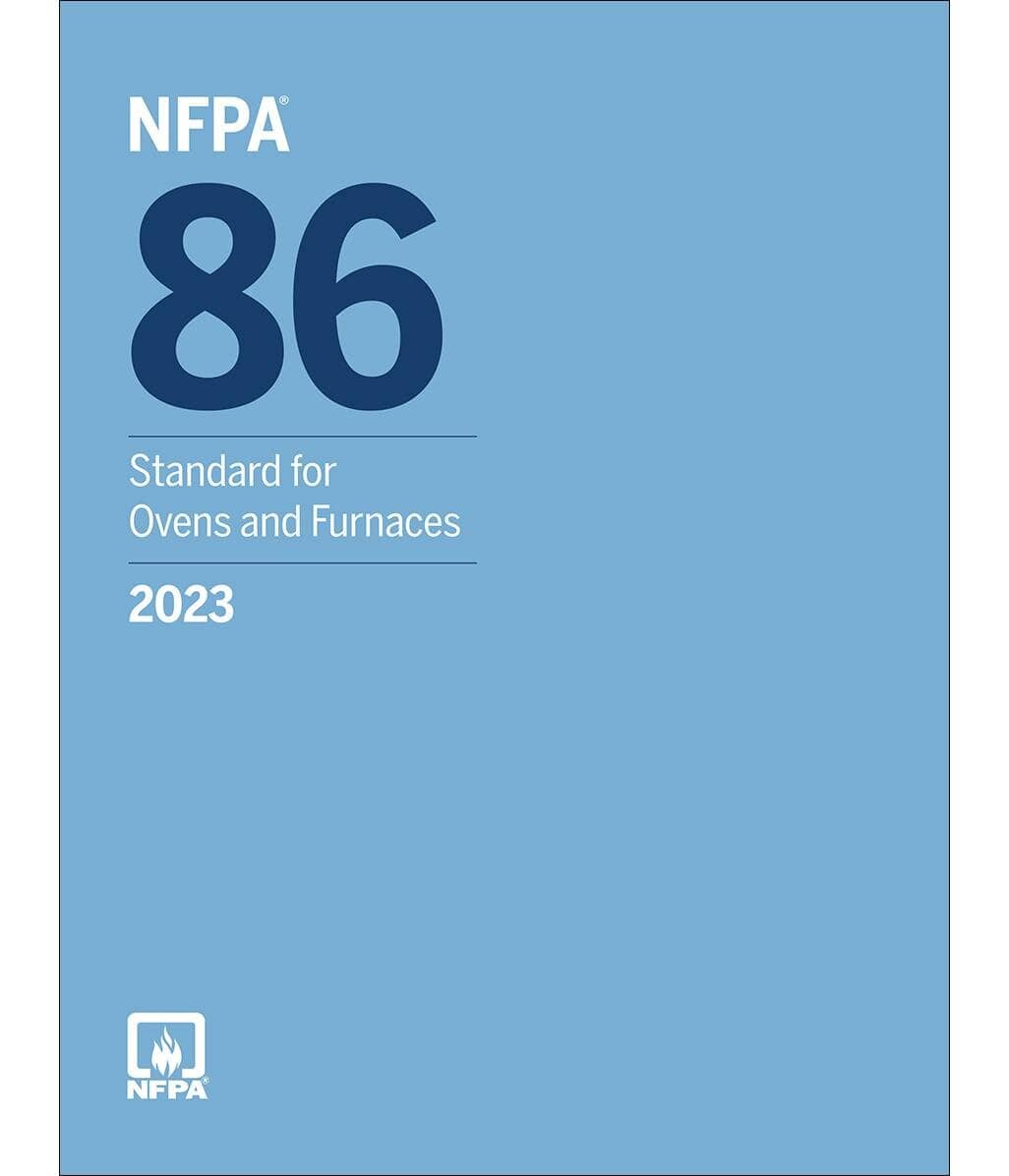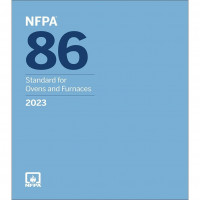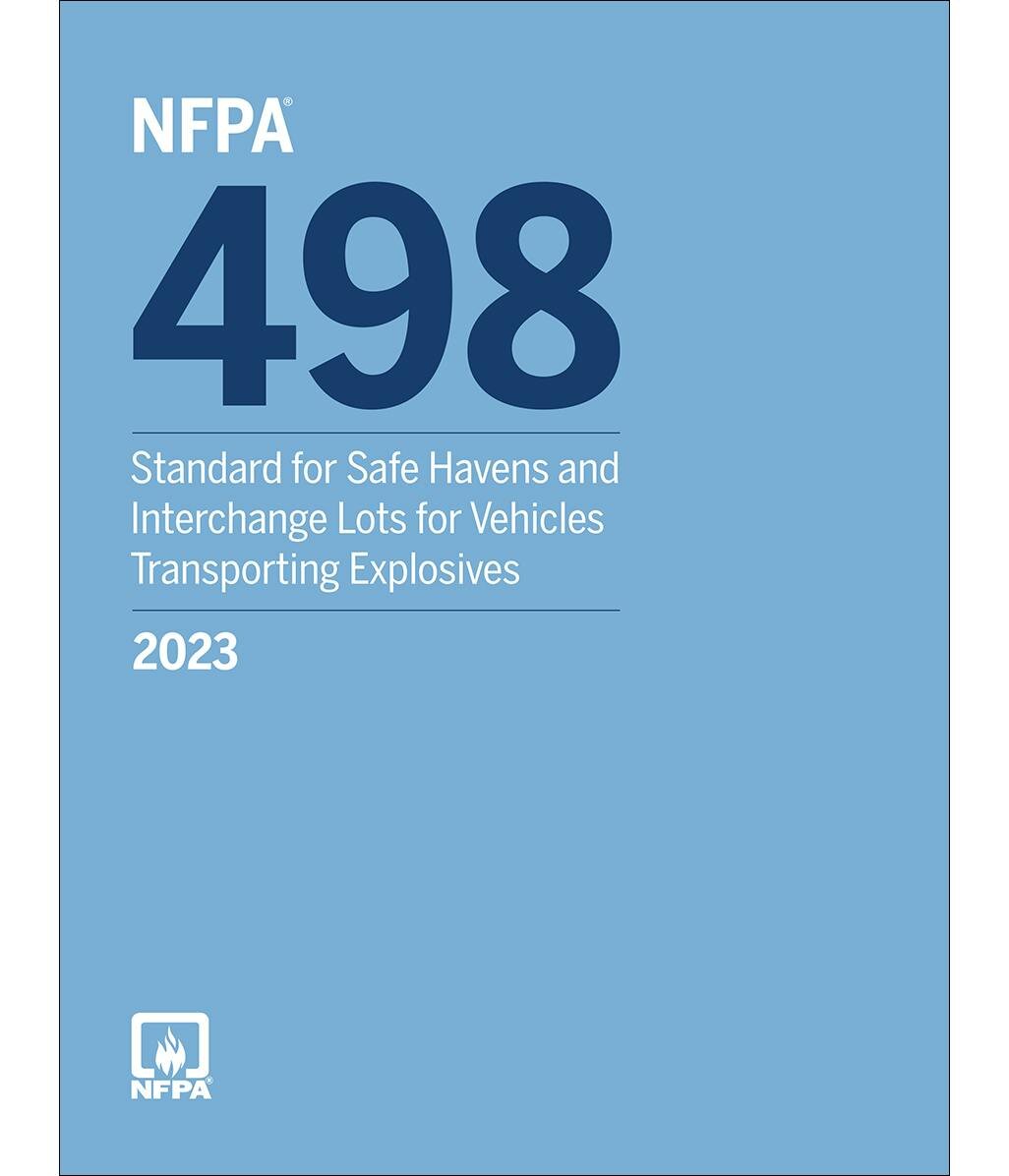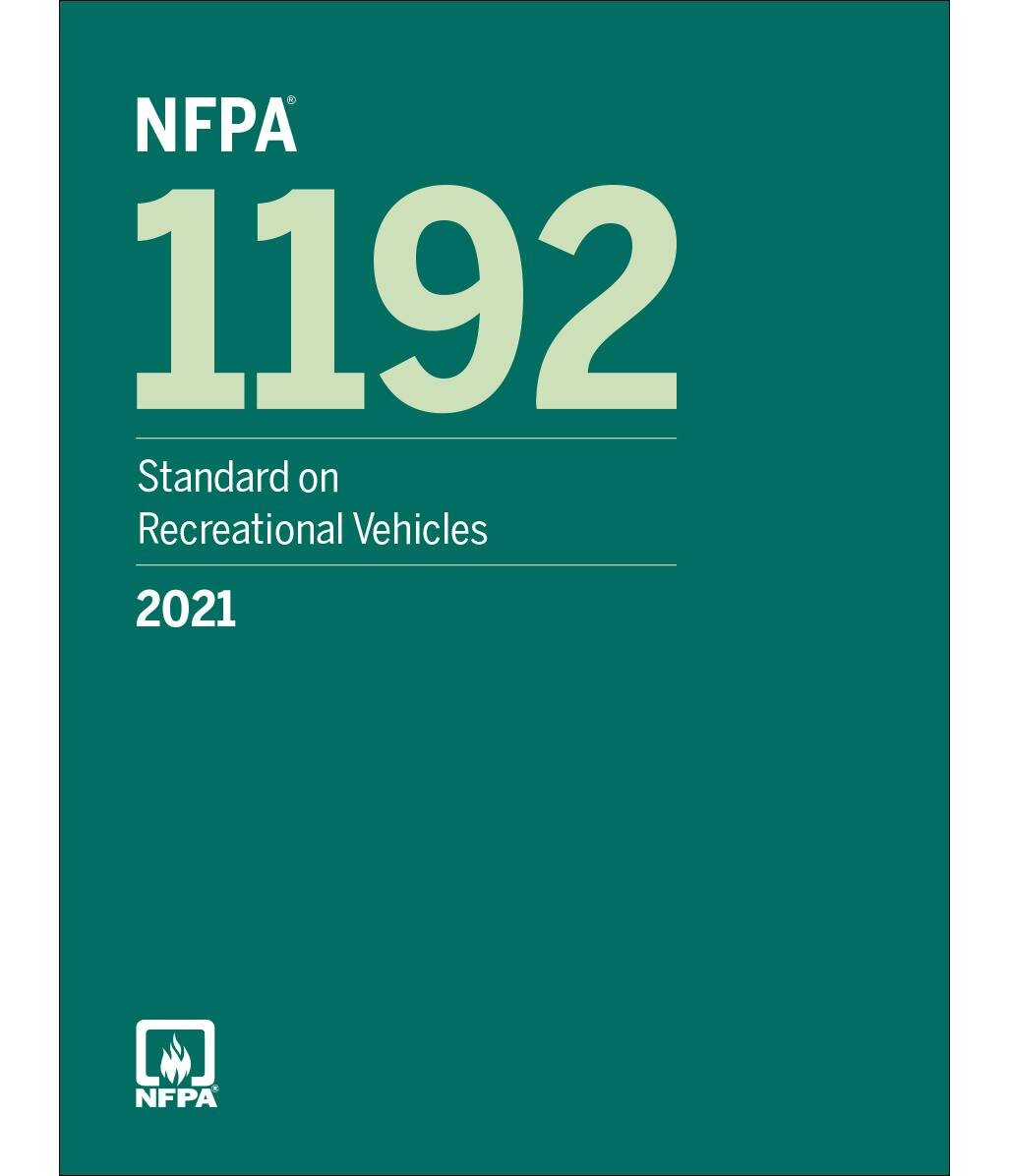GRAB DISCOUNTED NFPA 86 BOOKS ONLINE FROM KUKUBOOKS TODAY

Strong 8k brings an ultra-HD IPTV experience to your living room and your pocket.
The National Fire Protection Association (NFPA) 86 is the leading standard that addresses the fire and explosion hazards associated with industrial ovens and furnaces. These systems are integral to countless manufacturing and industrial processes, including those in the automotive, aerospace, metal treatment, chemical processing, and food production sectors. The 2023 edition of NFPA 86 lays out comprehensive guidelines for the design, installation, operation, inspection, testing, and maintenance of ovens, furnaces, and other thermal processing equipment to prevent catastrophic incidents such as fires, explosions, or system failures.
Purpose and Scope
NFPA 86 is developed to protect life and property by minimizing the risks associated with high-temperature thermal processing systems. The standard is widely adopted by manufacturers, engineers, safety inspectors, and facility managers to ensure equipment safety and regulatory compliance. Its primary focus is on combustion systems and heat application, with specific measures to safeguard against unsafe conditions, such as the accumulation of flammable vapors, gas leaks, ignition failures, and improper ventilation.
The standard applies to industrial ovens and furnaces that use combustible fuels, electricity, or other heat sources and are designed to process various materials at high temperatures. These include drying ovens, baking equipment, heat-treating furnaces, annealing kilns, powder coating ovens, curing ovens, and other high-temperature systems found in industrial settings.
Classification of Equipment
NFPA 86 categorizes ovens and furnaces into four main classes based on the nature of their operation and associated hazards:
Class A: Equipment processing materials that can release flammable or combustible volatiles. These ovens/furnaces present the highest level of risk due to the presence of vapors that can ignite or explode. Examples include paint-curing ovens or baking units for resin-coated products.
Class B: Furnaces that do not involve the processing of flammable or combustible volatiles. These are generally lower risk than Class A systems, often used for heating metals, ceramics, or glass.
Class C: Furnaces that use a special atmosphere, such as nitrogen, hydrogen, or vacuum environments, often seen in heat-treating operations. These pose specific hazards due to the reactivity or combustibility of the atmospheres used.
Class D: Special-purpose ovens and furnaces that do not fall into the other categories and require custom evaluation and safety provisions.
Key Safety Features and Requirements
NFPA 86 mandates several critical safety requirements to manage risks associated with industrial thermal processing:
1. Combustion System Safety
The standard prescribes the use of interlocks, flame safeguards, purge cycles, and automatic shutoff valves to maintain safe combustion operations. All equipment must have mechanisms to detect flame failure and shut off fuel supply instantly to prevent fuel buildup.
2. Purge and Ignition Protocols
Before startup, ovens and furnaces must undergo a purge process to clear any residual flammable gases. NFPA 86 details purge durations, airflow requirements, and verification steps to ensure a safe ignition sequence.
3. Temperature Controls
Maintaining appropriate temperature levels is crucial to prevent runaway reactions, overheating, or equipment failure. NFPA 86 requires limit switches, redundant sensors, alarm systems, and automatic shutdown features in the event of excessive temperatures.
4. Ventilation and Exhaust Systems
Proper airflow is essential to remove flammable vapors, smoke, and process off-gases. The standard provides detailed guidance on the design, monitoring, and maintenance of exhaust systems, including required airflow rates, duct design, and vent placement.
5. Explosion Relief
For Class A ovens, NFPA 86 recommends the use of explosion relief panels or vents to release pressure safely in the event of an internal explosion, reducing damage and injury risk.
Maintenance and Inspection
NFPA 86 emphasizes that safety does not end with installation. Regular inspection, testing, and maintenance of all components—especially combustion systems, sensors, shutoff valves, and safety interlocks—are critical for long-term equipment integrity and risk prevention. The standard provides timelines and protocols for inspections, as well as recordkeeping requirements to support safety audits and compliance checks.
Training and Operational Readiness
Operators and maintenance personnel must be adequately trained in the proper use of ovens and furnaces. This includes understanding startup/shutdown procedures, recognizing warning signs of failure, responding to alarms, and executing emergency shutdowns. NFPA 86 recommends clear labeling of controls, accessible emergency switches, and operational manuals available at or near the equipment.
Integration with Facility Fire Safety
NFPA 86 also encourages the integration of oven/furnace safety systems with broader building fire protection systems, including fire alarms, sprinkler systems, and gas detection systems. Coordination with local fire codes and compliance with standards such as NFPA 70 (National Electrical Code) and NFPA 54 (National Fuel Gas Code) is advised.
Conclusion
NFPA 86 plays a critical role in reducing fire and explosion hazards in thermal processing operations. By implementing its guidelines, industries can achieve safer work environments, protect valuable equipment, ensure process reliability, and comply with national and international safety standards. Whether you're designing a new facility or upgrading existing equipment, adherence to NFPA 86 is essential for operational safety and regulatory compliance.
Note: IndiBlogHub features both user-submitted and editorial content. We do not verify third-party contributions. Read our Disclaimer and Privacy Policyfor details.





